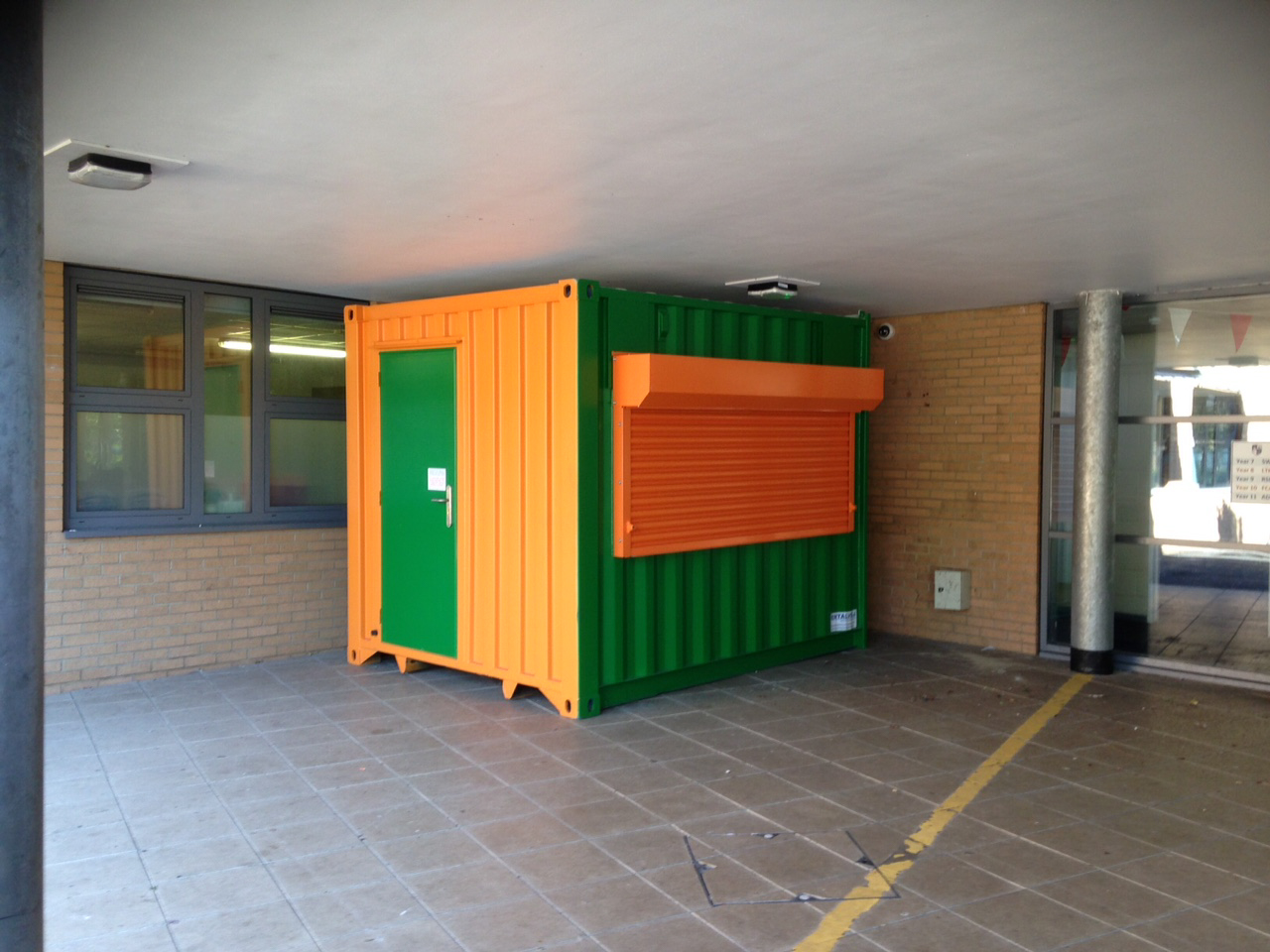How Do You Get Started With Converting A Container?
Shipping containers are astoundingly robust, strong and versatile structures, built on the principle of a single shape made as strong as possible.
The humble intermodal container, initially developed in the late 1940s, has become the last word in goods transportation, as their strength and stackability has made them the standard for transporting goods around the world.
However, their versatility extends far beyond the cargo deck of a ship, as shipping container conversions have become ever more popular and ever more elaborate, as more and more uses have been found for containers in a field known as “cargotecture”.
Because they are a uniform shape, exceptionally strong, environmentally friendly, recyclable and can be stacked to high levels, many different purposes for shipping containers have been designed, from compact housing to portable offices to swimming pools.
If done correctly, a shipping container home can be significantly cheaper than any other kind of building project.
However, like all architectural projects, it can be daunting at first, so here is how to save money, save time and build a shipping container home.
Design And Plan First
Before you get to work with any building project, it is vital that you design and plan it the same way you would any other building project, as it will need to conform to the same building regulations as every other.
It will also allow you to work out how many containers you need for your dream project and catch all the potential issues that could add delays or extra expense.
Buy The Right Container
When it comes to shipping containers, you have the choice of newly built ones or ones that have taken a trip through the Suez Canal. With shipping container demand increasing it can be tempting to go for what appears to be a used bargain, but make sure to buy from trusted sources.
Shipping containers are strong wearing and long-lasting, but a lot of older containers have had a rough life. Having rough waves of salty seawater batter a container for years can lead to rust, leaking and contamination issues.
Buy from a trusted vendor, and ensure you are able to look at the containers in person or via a detailed series of images before you buy.
Try undertaking the “daylight test”, by closing the doors as much as possible and look for light that peeks through.
If you can, try to get higher shipping containers; as standard containers are 8’6” in size, once the ceiling, insulation and floor have been fitted the headroom will be significantly lower, which can be a problem for taller people.
Get The Containers Ready
Once you have the containers you need, it is time to get them ready for conversion. Remove the wooden floor or at least treat it, as the hardwood floors of used shipping containers are often coated in pesticides, which are less than pleasant in a home.
As well as this, fit insulation, as without it shipping containers can become too warm in summer and too cold in winter. Spray foam insulation is the easiest to install and reduces issues with moisture and damp.
After this, you are ready to build the home of your dreams. Stack the containers as per your design and have fun!

